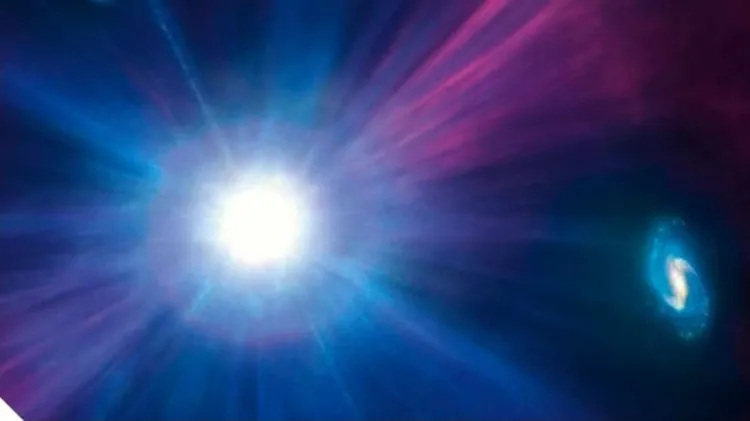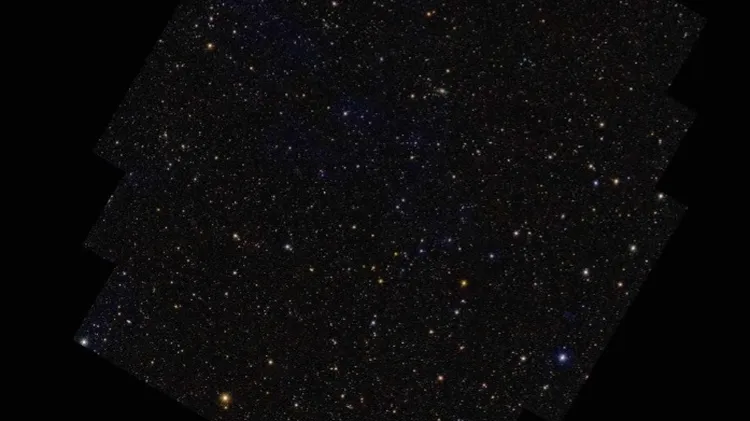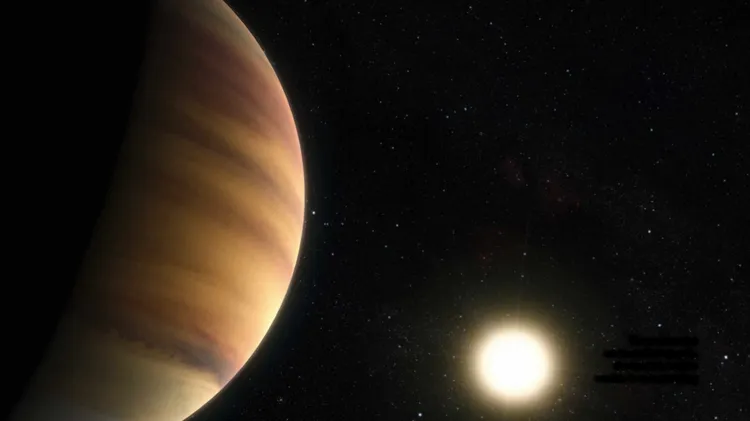The blink of distant quasars may hint at one of the
Are roving gas clouds behind dark matter?
2 min read
This article is from...
Read this article and 8000+ more magazines and newspapers on Readly






